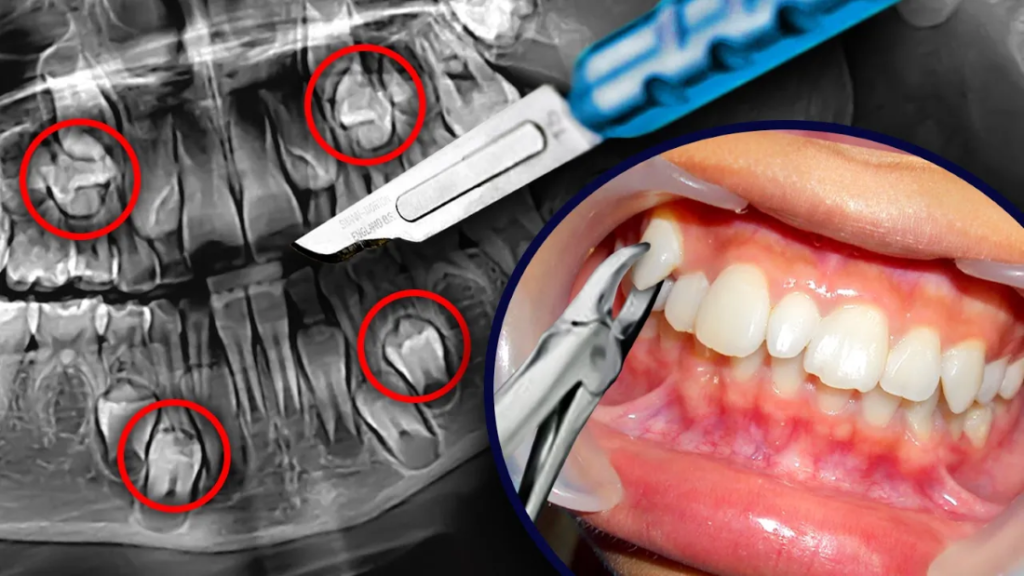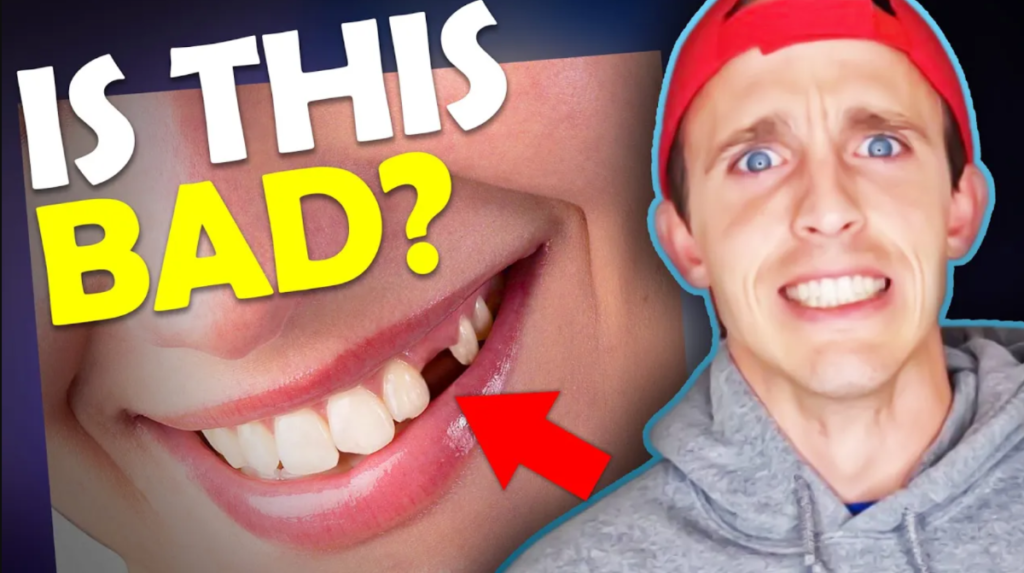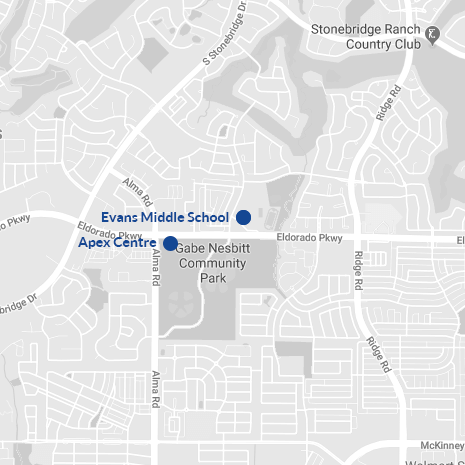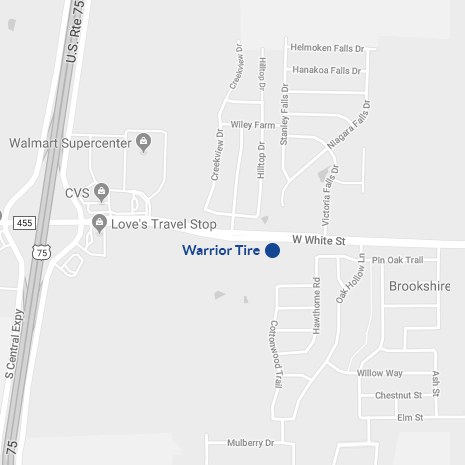Dealing with Extra Teeth: Insights from Packard Family Orthodontics in McKinney and Anna Texas
January 3rd, 2024

Dealing with Extra Teeth: Insights from Packard Family Orthodontics in McKinney and Anna Texas
Welcome to Packard Family Orthodontics in McKinney and Anna, Texas! We're your go-to source for all things related to orthodontic care. Today, we're going to discuss a fascinating topic – extra teeth! Yes, you read that right; some people can have extra teeth. In this blog post, we'll explore what it means, why it happens, how to identify extra teeth, and most importantly, what to do if you find yourself in this scenario. Let's dive in!
Understanding Extra Teeth:
Extra teeth, also known as supernumerary teeth, are additional teeth that grow beyond the normal set of 32 adult teeth. These extra teeth can appear anywhere in the mouth, and they can take various forms, including molars, incisors, or even small, peg-like structures. While having extra teeth is relatively rare, it's essential to address them promptly to maintain your oral health.
Why Do Extra Teeth Occur?
The exact cause of extra teeth isn't always clear, but several factors may contribute to their development. Some potential reasons include genetic predisposition, hereditary factors, hormonal imbalances, or even environmental influences. It's important to note that extra teeth can occur in both children and adults, and they can lead to various dental issues if left untreated.
How to Identify Extra Teeth:
Identifying extra teeth early is crucial to prevent potential complications. Here are some signs and symptoms that may indicate you have extra teeth:
- Crowded or misaligned teeth.
- Gaps or spacing issues between teeth.
- Pain or discomfort while chewing or biting.
- Extra bumps or protrusions in the gums.
- Dental X-rays may reveal the presence of extra teeth.
What to Do If You Have Extra Teeth:
If you suspect or have been diagnosed with extra teeth, it's essential to consult an orthodontic specialist like Packard Family Orthodontics in McKinney and Anna, Texas. Here's what you can expect:
- Comprehensive Evaluation: Our experienced orthodontists will conduct a thorough examination, including X-rays and scans, to assess the location, size, and impact of the extra teeth on your oral health.
- Treatment Options: Depending on your specific case, our orthodontic team will recommend a tailored treatment plan. Treatment options may include extraction of the extra teeth, orthodontic appliances, or a combination of both.
- Orthodontic Care: If necessary, our skilled team will provide orthodontic treatment to correct any misalignment or spacing issues caused by extra teeth. This may involve braces, Invisalign, or other orthodontic solutions to ensure a healthy, functional smile.
- Follow-Up Care: Regular follow-up appointments are crucial to monitor your progress and make any necessary adjustments to your treatment plan.
Bottom Line
In conclusion, discovering that you have extra teeth may raise questions and concerns, but rest assured that Packard Family Orthodontics in McKinney and Anna, Texas, is here to help you every step of the way. Identifying and addressing extra teeth early is vital for maintaining your oral health and achieving a beautiful, confident smile. If you suspect you have extra teeth or have any dental concerns, Book your consultation with Dr. Packard here!






